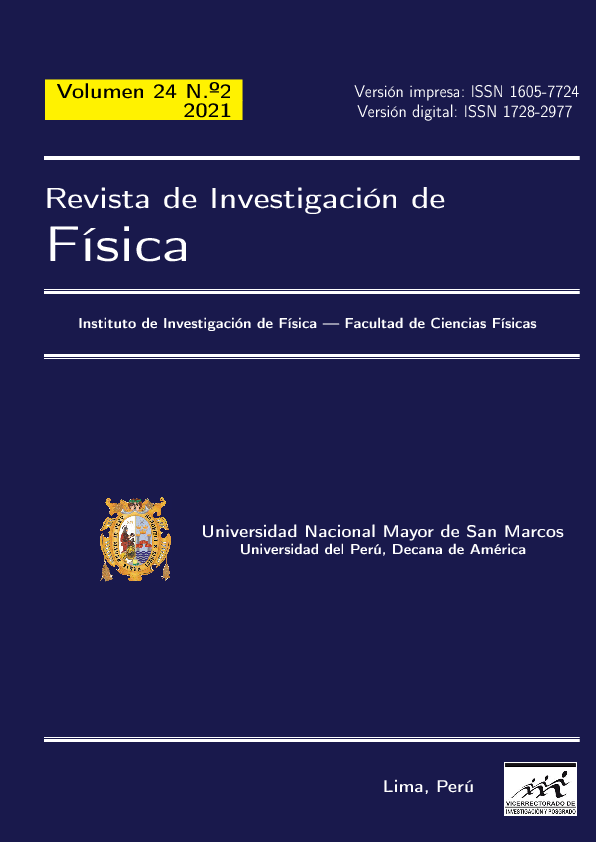Study Of The Acceleration Of Light In Vacuum
DOI:
https://doi.org/10.15381/rif.v24i2.20340Keywords:
Local vector quantum, acceleration of light, curling of light rays, fluctuations in the acceleration of light, underlying void of a natural systemAbstract
As a consequence of the study on the variation of the speed of light with time in the underlying vacuum of natural systems, the concept of acceleration of light arises. From the set of parametric equations that express the substrate or essential kinematics of the vacuum, it is obtained a formula that describes the acceleration of light as a function of time. Two possible opposite directions for the acceleration of light are observed; these directions are correlated with the two possible opposite directions of the local vector quantum. The vector quantum, as well as the acceleration of light, would have intrinsic uctuations. For small uctuations, two complementary quasi-equilibrium conditions are established, which would explain why light rays are perceived in a straight line in ordinary free space. Correlations are also deduced for the uctuations of the opposite vector quanta, as well as for the uctuations of the opposite acceleration vectors of light. Finally, it is shown that the winding of light rays in the underlying vacuum of a microscopic system is greater than the winding of light rays in the underlying vacuum of a macroscopic system.
Downloads
Published
Issue
Section
License
Copyright (c) 2021 Oscar Monroy, Marco Merma

This work is licensed under a Creative Commons Attribution 4.0 International License.
THE AUTHORS RETAIN THEIR RIGHTS:
a. The authors retain their trademark and patent rights, as well as any process or procedure described in the article.
b. The authors retain the right to share, copy, distribute, perform and publicly communicate the article published in the Revista de Investigación de Física (for example, place it in an institutional repository or publish it in a book), with an acknowledgment of its initial publication in the Revista de Investigación de Física.
c. The authors retain the right to make a subsequent publication of their work, to use the article or any part of it (for example: a compilation of their works, notes for conferences, thesis, or for a book), provided that they indicate the source. of publication (authors of the work, journal, volume, number and date).














